About
Design a product service system for chronic diseased people at home.
This project was an explorative study as part of a student collaboration program with Philips. A higher standard of living, an ageing population, and new emerging technologies are all factors that contribute to a change in the way patients and healthcare professionals will be dealing with (chronic) disease management in the near future. There is an opportunity to shift chronic condition management and wellness monitoring out of the hospitals and into the hands of patients and informal caregivers. Our team had to deliver an innovative product service system solution that is relevant to both patients and their families, healthcare providers and Philips Healthcare.
- 16 weeks
- Philips
- Michiel Kersteman, S. Castellanos, W. Chang, H. Heredia, H Kitajima, Jiaxin Lin
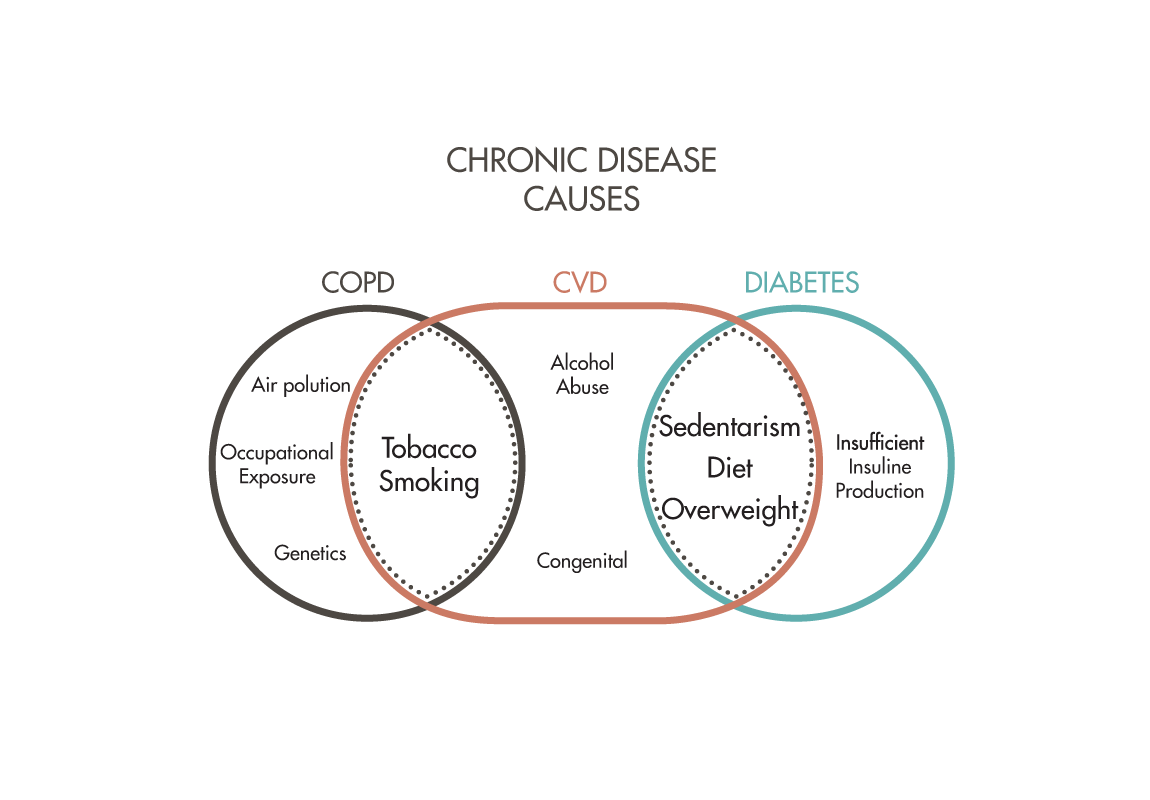
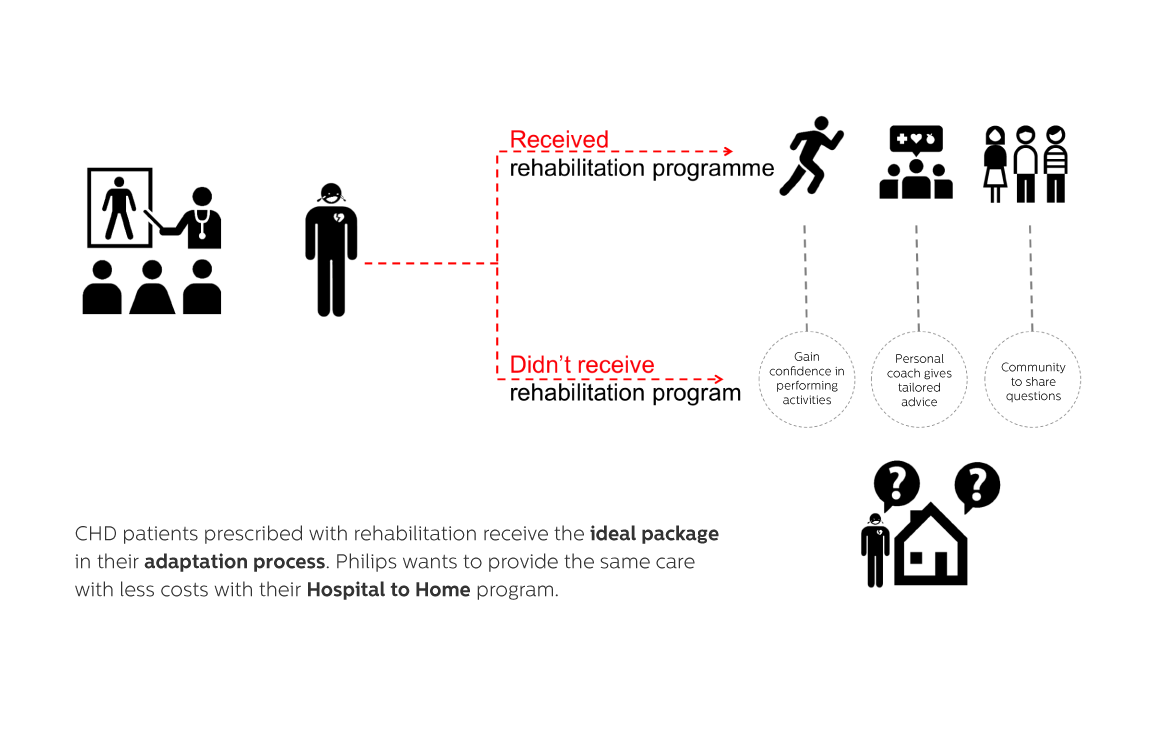
Research
Customery Journey



After a person’s first diagnosis of CHD an adaptation phase for a new lifestyle begins. Early in the adaptation phase, patients behave with high caution checking their vital signs, limiting their activity and taking strict care of their diet, but this seem to get over when patients get accustomed to their condition and think they know how to cope with. As confidence grows, so does their desire to regain their normal, unhealthy, lifestyle.
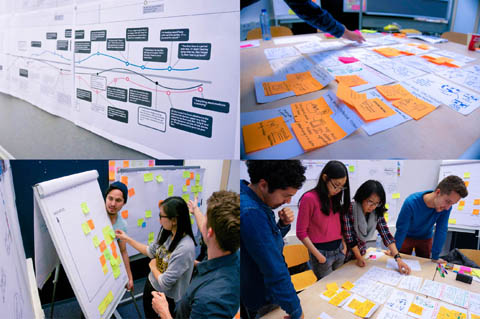
A customer journey based on interviews with CHD patients showed all the touchpoints patients have and lack with the healthcare system.

A design solution could substantially reduce the time required to get to a healthy accustomed phase in the patient’s life.
Vision
Design Drivers






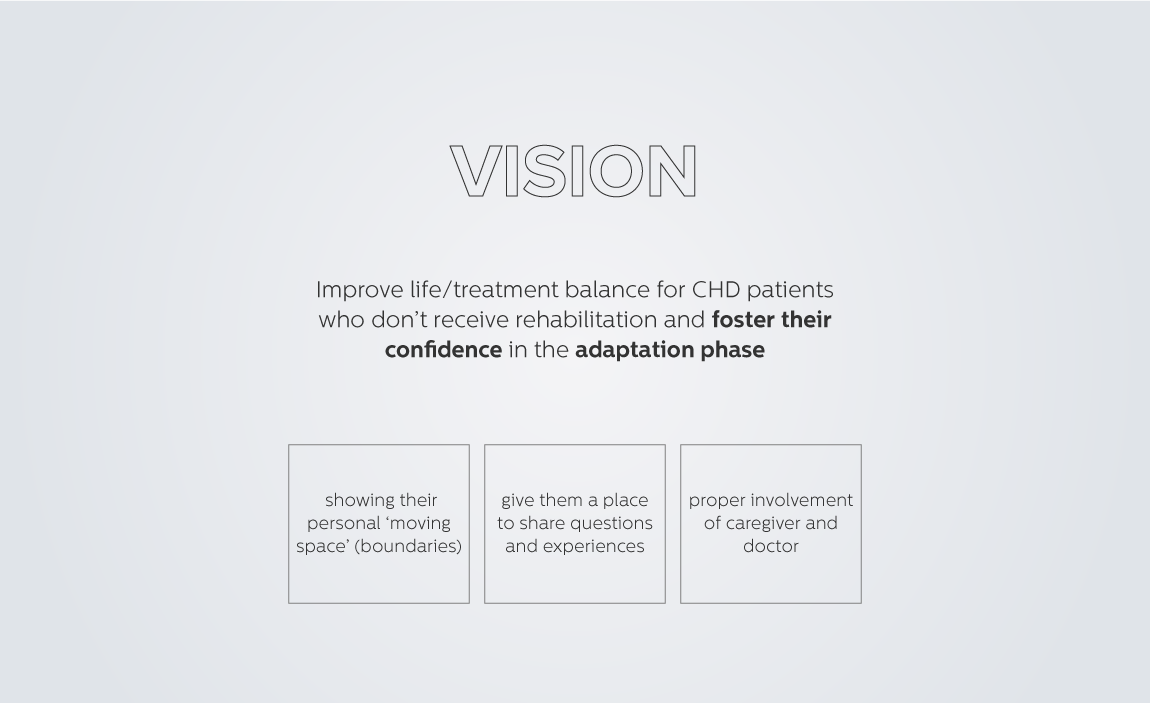
Concept
A Product Service System
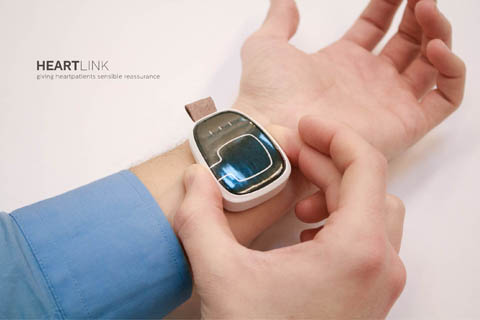
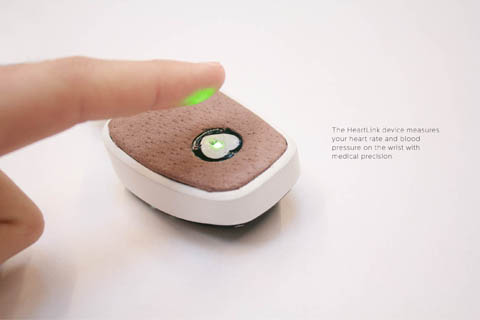
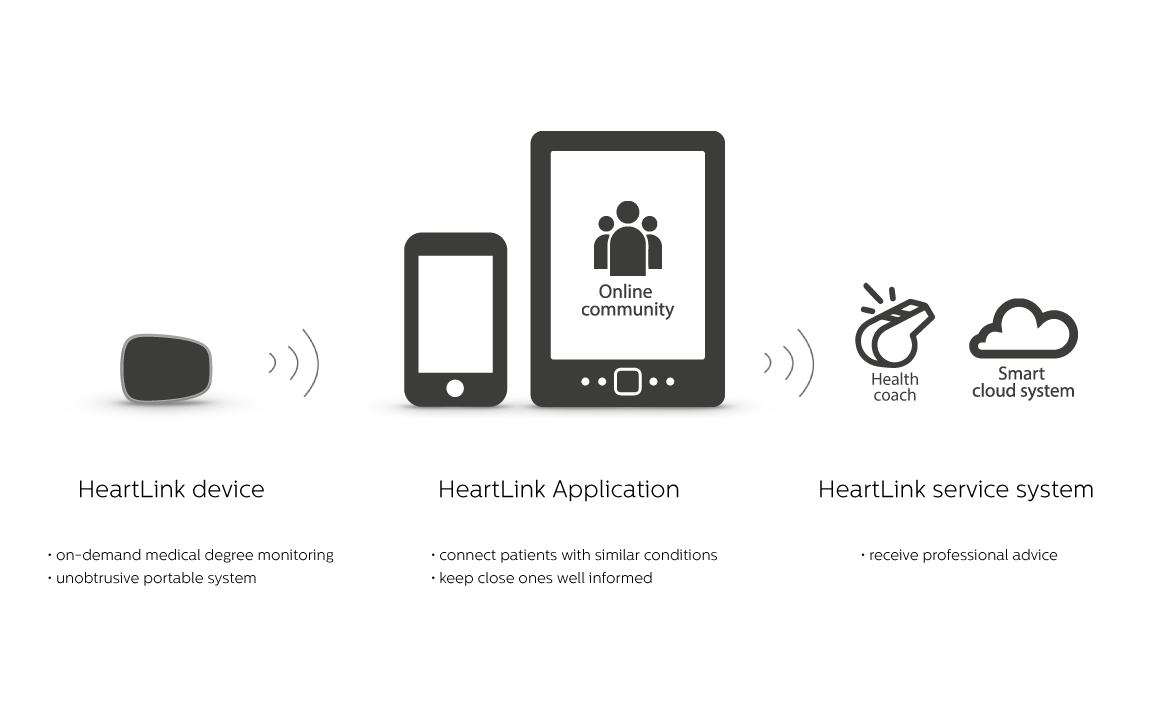
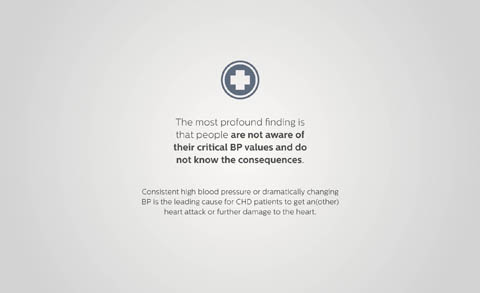

“Humans are intuitive statisticians. We rely on heuristic assumptions, prejudices and intuition, all of which have a high chance of being wrong” - Marcus Fairs
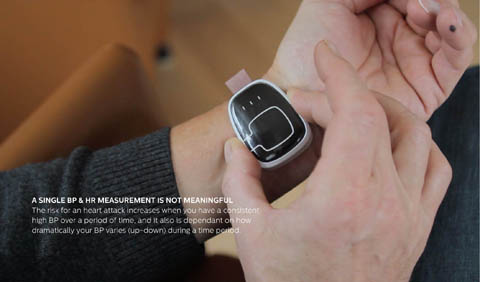

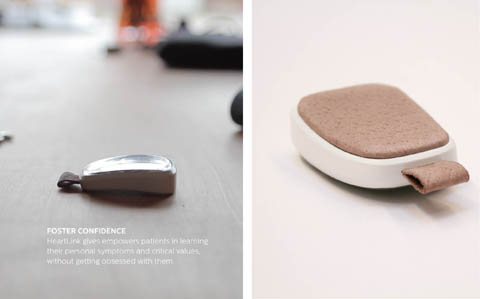
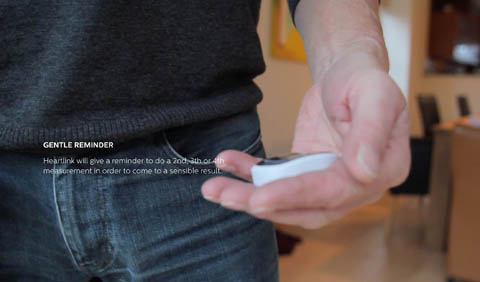
When the 3th (nth) measurement also exceeds your values, the device gives an indicating that you need to go to the HeartLink platform on phone.
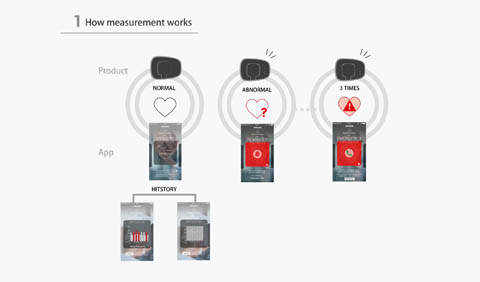
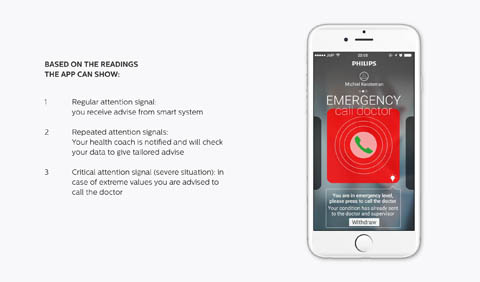
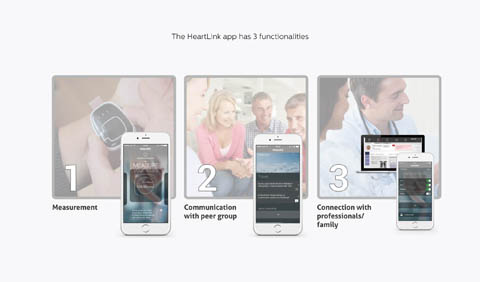
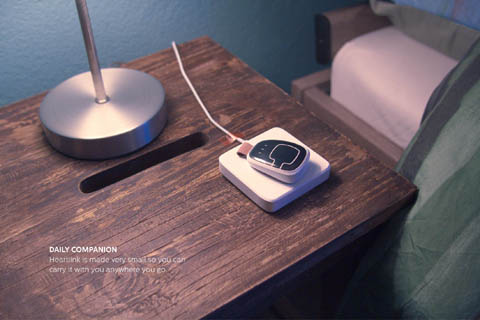
building
Proof of concept
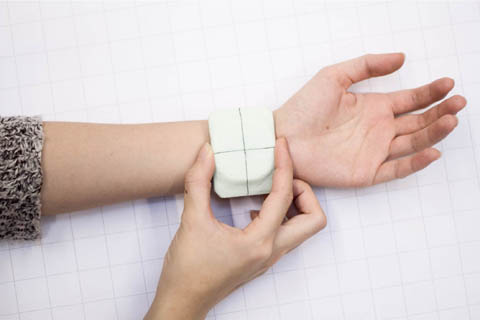
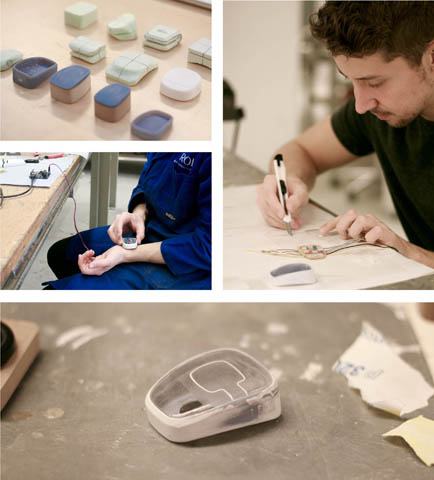
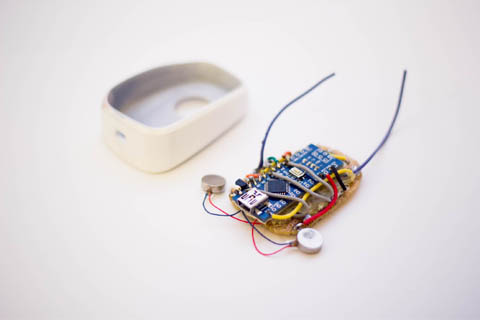
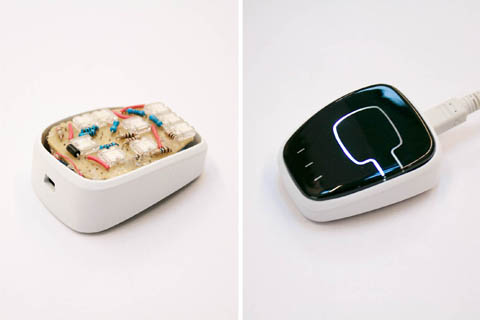
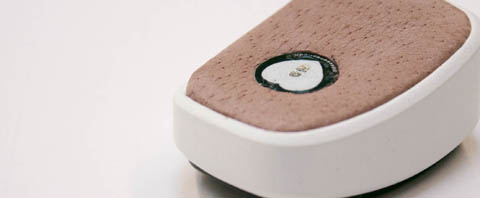
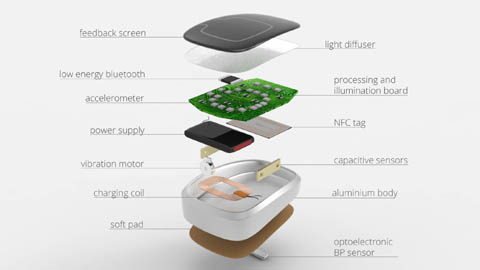
Usertest
Feedback from patients
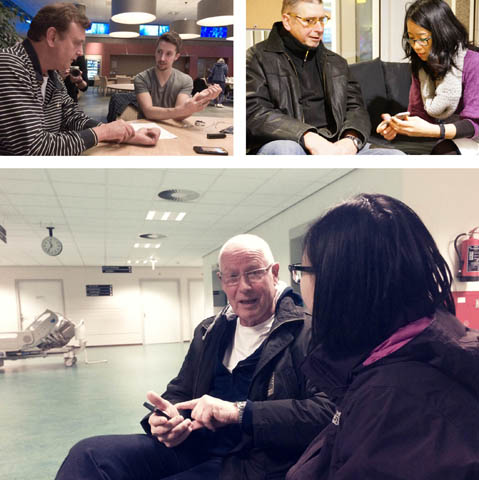
The three interviewed participants were asked whether they have any measuring equipment at home to measure vitals. None of them had anything, not even a blood pressure device. Despite seeing the benefits of the device, two participants said they would only use it when the doctor recommends it, the third participant would use it without recommendation. A HeartLink device or platform would show a slight alteration in their lifestyle and hence wouldn't be used unless it's on doctor's recommendation. One might consider that in near feature, when HeartLink is adopted in the doctor’s curriculum, also external people would automatically become more intrinsically motivated.